Laser engraving has revolutionized the way intricate designs are created on various materials. This technology offers unmatched precision and versatility, making it popular among hobbyists and professionals. Understanding the nuances of laser engraving can elevate the quality of projects. This guide provides essential tips and tricks for mastering laser engraving techniques. Explore the key aspects to optimize results and ensure safety while working with laser machines.
Choosing the Right Materials for Laser Engraving
Selecting the right materials for laser engraving is crucial for achieving high-quality results. Different materials react uniquely to laser engraving, affecting the outcome. Wood, acrylic, glass, and metal are popular choices due to their engravability. Wood offers a natural finish, ideal for detailed designs, while acrylic provides a smooth, clean look. Glass requires careful handling to prevent cracking, making it suitable for delicate projects. Metal, though more challenging, allows for durable and precise engravings. Understanding material properties ensures optimal laser settings, preventing damage and ensuring consistency. Refer to manufacturer guidelines and resources to choose the best materials for specific projects. Proper material selection enhances the efficiency and quality of laser engraving endeavors.
Essential Safety Precautions for Laser Engraving
Safety is paramount when operating a laser engraver, and proper precautions can prevent accidents. Always wear protective eyewear to shield eyes from laser beams, which can cause serious damage. Ensure the workspace is well-ventilated to avoid inhaling harmful fumes generated during engraving. Keep a fire extinguisher nearby, as some materials may ignite under the intense heat of the laser. Regularly inspect the laser machine for any signs of wear or damage, addressing issues promptly to avoid malfunctions. Follow manufacturer guidelines for safe operation and maintenance of the laser engraver to minimize risks. Adhering to these safety measures ensures a safe and productive engraving environment.
Optimizing Laser Settings for Different Projects
Optimizing laser settings is essential for achieving precise results with a laser engraver. Different materials require specific power and speed settings for optimal engraving. For example, wood typically needs lower power but higher speed to avoid burning. Acrylic demands moderate power and speed for clean, smooth edges. Metal often requires higher power and slower speed to ensure deep, clear engravings. Adjusting the focus of the laser beam is also crucial, as it affects the accuracy and detail of the engraving. Testing settings on scrap pieces of material helps determine the best configuration
for each project. Properly optimized laser settings enhance the efficiency and quality of the engraving process.
Creative Design Tips for Engraving
Creating unique and intricate designs enhances the appeal of laser engraving projects. Start by choosing high-resolution images for crisp, detailed engravings. Vector graphics are preferable as they maintain quality at any size. Experiment with different fonts and text styles to add variety and interest. Incorporate shading techniques to give depth and dimension to the designs, making them more visually appealing. Layering multiple elements can create a complex, engaging design, but ensure each layer is distinguishable. Consistent practice and experimentation with various design tools can significantly improve engraving results, leading to more professional and impressive outcomes. Additionally, utilizing software like Adobe Illustrator or CorelDRAW can help refine designs and achieve precise details. Keeping up with the latest trends in design can inspire new ideas and keep your projects fresh and innovative. Remember, creativity is key to standing out in the laser engraving field.
Maintenance Tips for Longevity of Your Laser Machine
Proper maintenance is essential for extending the lifespan of your laser machine and ensuring consistent performance. Regularly clean the machine’s optics, including lenses and mirrors, to prevent dust and debris buildup, which can affect engraving quality. Lubricate moving parts according to the manufacturer’s recommendations to reduce wear and tear. Check and replace the laser tube as needed, since its efficiency diminishes over time. Keep the cooling system in optimal condition to prevent overheating, which can damage internal components. Routinely inspect electrical connections and wiring to avoid malfunctions or potential safety hazards. Following a consistent maintenance schedule ensures the laser machine operates smoothly and prolongs its useful life.
Maximizing Your Laser Engraving Potential
Mastering laser engraving involves understanding materials, settings, and safety precautions. Applying creative design tips enhances project outcomes significantly. Regular maintenance ensures the longevity of the laser machine. With these insights, achieving professional-quality engravings becomes more accessible. Harness the full potential of laser engraving technology for diverse and impressive results.
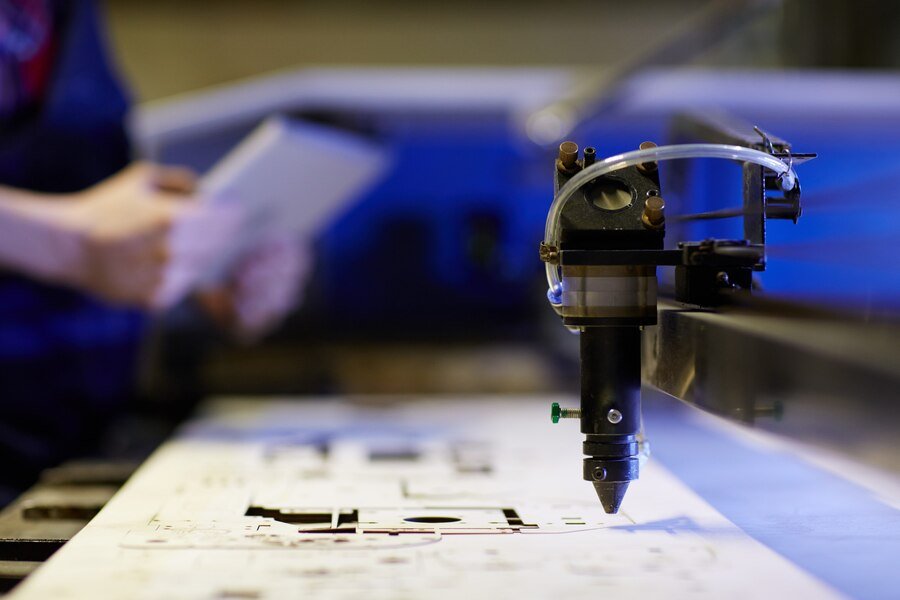
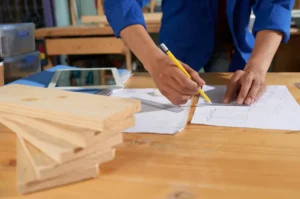


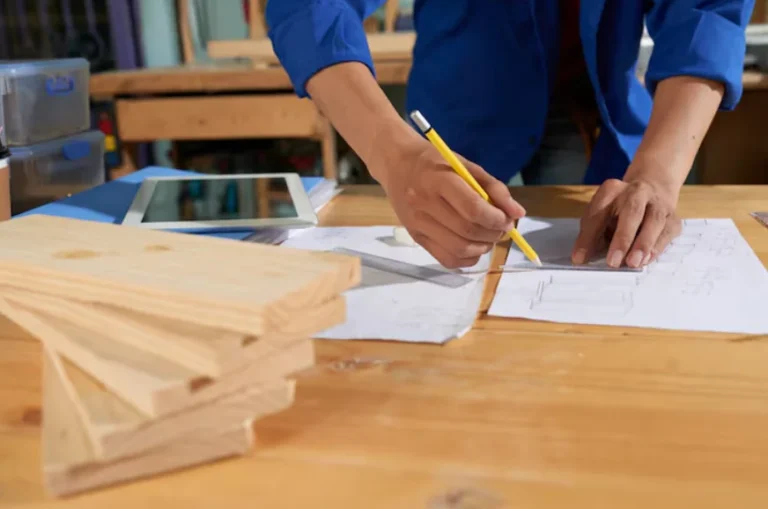
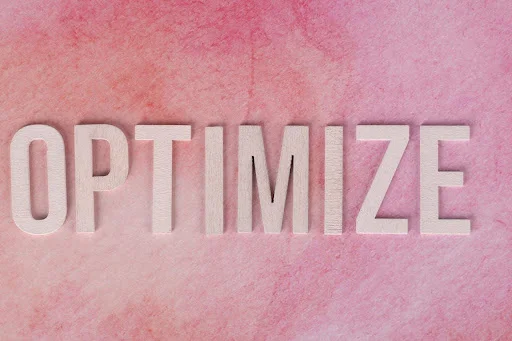
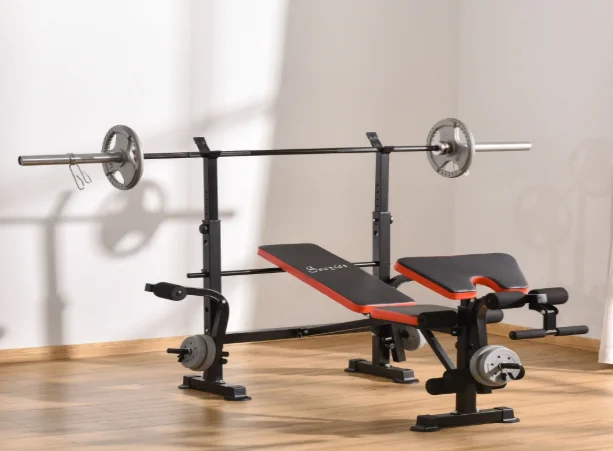
+ There are no comments
Add yours